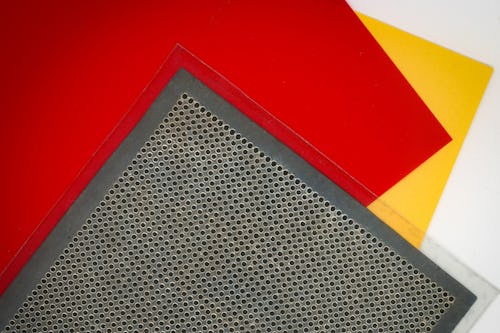
The dream (nightmare?) of turning your entire home into a pair of noise-cancelling headphones could soon be a reality thanks to a new “paper-thin” speaker design from researchers at MIT’s Organic and Nanostructured Electronics Laboratory.
Thin and powerful —
MIT claims the new “paper-thin loudspeaker” material could turn any surface into an audio source, and that its method of making the skinny speakers could be scaled up to produce speakers “large enough to cover the inside of an automobile or to wallpaper a room.”
Besides size and flexibility, MIT’s version is far more energy-efficient, only needing a fraction of the energy a traditional home speaker requires:
The energy-efficient device only requires about 100 milliwatts of power per square meter of speaker area. By contrast, an average home speaker might consume more than 1 watt of power to generate similar sound pressure at a comparable distance.
The possible applications seem pretty broad. MIT mentions using the speakers to offer noise-cancellation in an airplane cockpit. But I could just as easily imagine a future consumer version lining the walls of a screening room in someone’s mansion, or being used to secretly deliver clues and sound effects in a fancy escape room.
Domes —
Ultra-thin speakers aren’t an entirely new concept, but previous versions needed to be freestanding in order to “flap” around enough to produce sound. MIT’s innovation is developing a method that can be applied to a surface without interrupting the sound.
By sandwiching PVDF (a thin piezoelectric material) between sheets of PET plastic covered in laser-cut holes, and then placing the whole thing into a vacuum at 80 degrees Celsius, MIT was able to create vibrating domes that can replace the normal magnetic coil setup you’d find in a traditional speaker.

The domes are “about one-sixth the thickness of a human hair,” according to MIT, but with thousands of domes on a speaker sheet and a little bit of electrical current, they vibrate enough to produce audible sound.
There’s no telling if or when this research design shows up in a consumer project, but here’s hoping it does, if only to make speaker-pants a reality.







